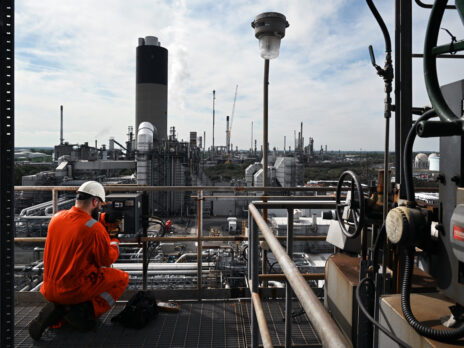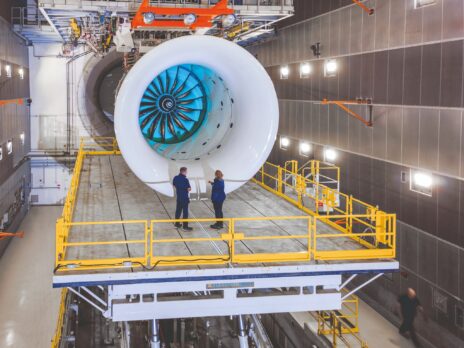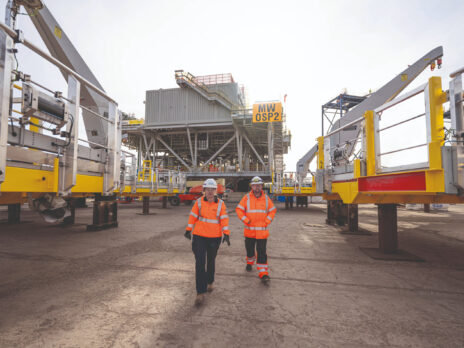Airbus’s newest plane, the Airbus A350, successfully completed its first flight today. We answer five questions on the latest in plane technology.
Where did the Airbus A350 go on its maiden test flight?
The plane took off from Blagnac, in the French city of Toulouse this morning and after a four hour trip landed back there at 1pm this afternoon.
What’s special about the Airbus A350?
It is designed to be more fuel efficient – something that is very important to modern aviation with the high cost of fuel – using 25 per cent less fuel than previous generation wide-bodied aircraft. It is also a direct competitor to Boeing’s 787 Dreamliner and is said to be pivotal to the future of Airbus.
Have airbus received any orders for the A350 yet?
Yes. The European aviation company has taken more than 600 orders for the new plane. It aims to deliver them by 2014.
What other key components are there about the A350?
Its engine is made by Rolls-Royce and it is made of advanced material such as carbon which help save on weight.
Some of its parts are also made in the UK, such as the plane’s wings which were designed at an Airbus facility in Filton near Bristol. They are manufactured at Broughton in Wales.
What are the aviation experts saying?
“All recent programmes before it, both by Airbus, Boeing and others, have had reasonably horrendous technical problems and delays,” said Nick Cunningham, an aviation analyst at the London-based Agency Partners, speaking to French agency AFP.
“So every time you hit a milestone (such as a test flight), it’s good news because it means that you’ve missed an opportunity to have another big delay.”





